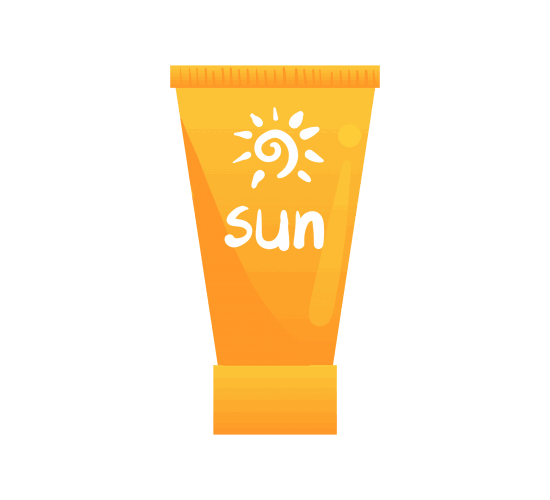
The chemicals in sunscreen seep into your bloodstream after just one day, FDA says
The chemicals in sunscreen don’t just sit on top of the skin, they absorb in the bloodstream, according to new research from the U.S. Food and Drug Administration.
A study published Monday in the peer-reviewed medical journal JAMA found that several active ingredients in different sunscreens enter the bloodstream at levels that far exceed the FDA’s recommended threshold without a government safety inspection.
“However, sunscreens have not been subjected to standard drug safety testing, and clinicians and consumers lack data on systemic drug levels despite decades of widespread use,” former FDA chairman Robert Califf and JAMA Dermatology Editor in Chief Kanade Shinkai wrote in an editorial accompanying the study.
The 24 participants in the study were instructed to apply one of four different kinds of sunscreen spray, lotion or cream four times per day for four days on all areas that wouldn’t be covered by a swimsuit.
Soak up the sun this summer, just remember to bring your SPF smarts! Krystin Goodwin (@Krystingoodwin) has five hazardous sunscreen mistakes you should know. Buzz60
Not all sunblock is created equal: Here’s the best sunscreen for your kids and the environment
Do you need sunscreen in the shade?: Yes, and here’s why
Researchers then measured the concentration of four different active ingredients in the participants’ blood: avobenzone, oxybenzone, octocrylene and ecamsule. If the absorption exceeds 0.5 ng/mL, the FDA recommends “nonclinical toxicology assessment including systemic carcinogenicity and additional developmental and reproductive studies.”







